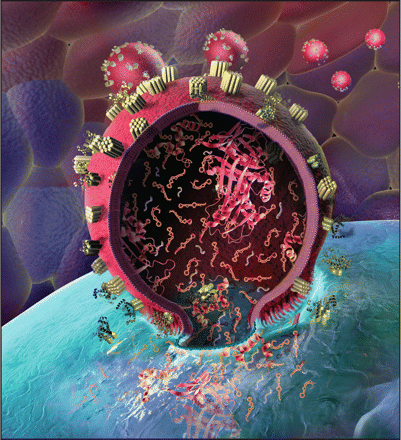Regenerative medicine using stem cells is an increasingly promising approach to treat many types of injury. Transplanted stem cells can differentiate into just about any other kind of cell, including neurons to potentially reconnect a severed spinal cord and repair paralysis.
A variety of agents have been shown to induce transplanted stem cells to differentiate into neurons. Tufts University biomedical engineers recently published the first report of a promising new way to induce human mesenchymal stem cells (or hMSCs, which are derived from bone marrow) to differentiate into neuron-like cells: treating them with exosomes.
Exosomes are very small, hollow particles that are secreted from many types of cells. They contain functional proteins and genetic materials and serve as a vehicle for communication between cells. In the nervous system, exosomes guide the direction of nerve growth, control nerve connection and help regenerate peripheral nerves.
In a series of experiments reported in PLOS ONE in August, the Tufts researchers showed that exosomes from PC12 cells (neuron-like progenitor cells derived from rats) at various stages of their own differentiation could, in turn, cause hMSCs to become neuron-like cells. Exosomes had not previously been studied as a way to induce human stem cell differentiation.
The biomedical engineers also showed that the exosomes contain miRNAs—tiny pieces of RNA that regulate cell behavior and are known to play a role in neuronal differentiation. The researchers hypothesize that the exosomes caused the hMSCs to differentiate by delivering miRNA into the stem cells. The researchers plan future studies to determine the exact mechanism.


No comments:
Post a Comment